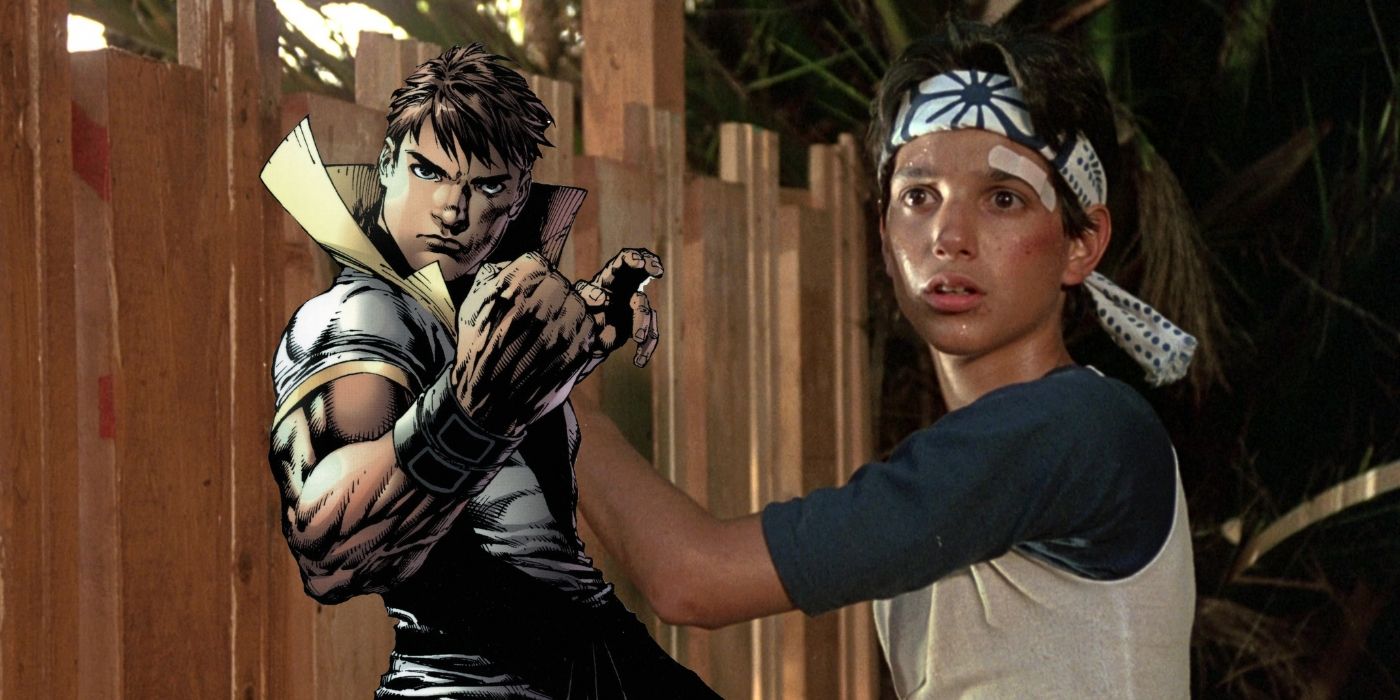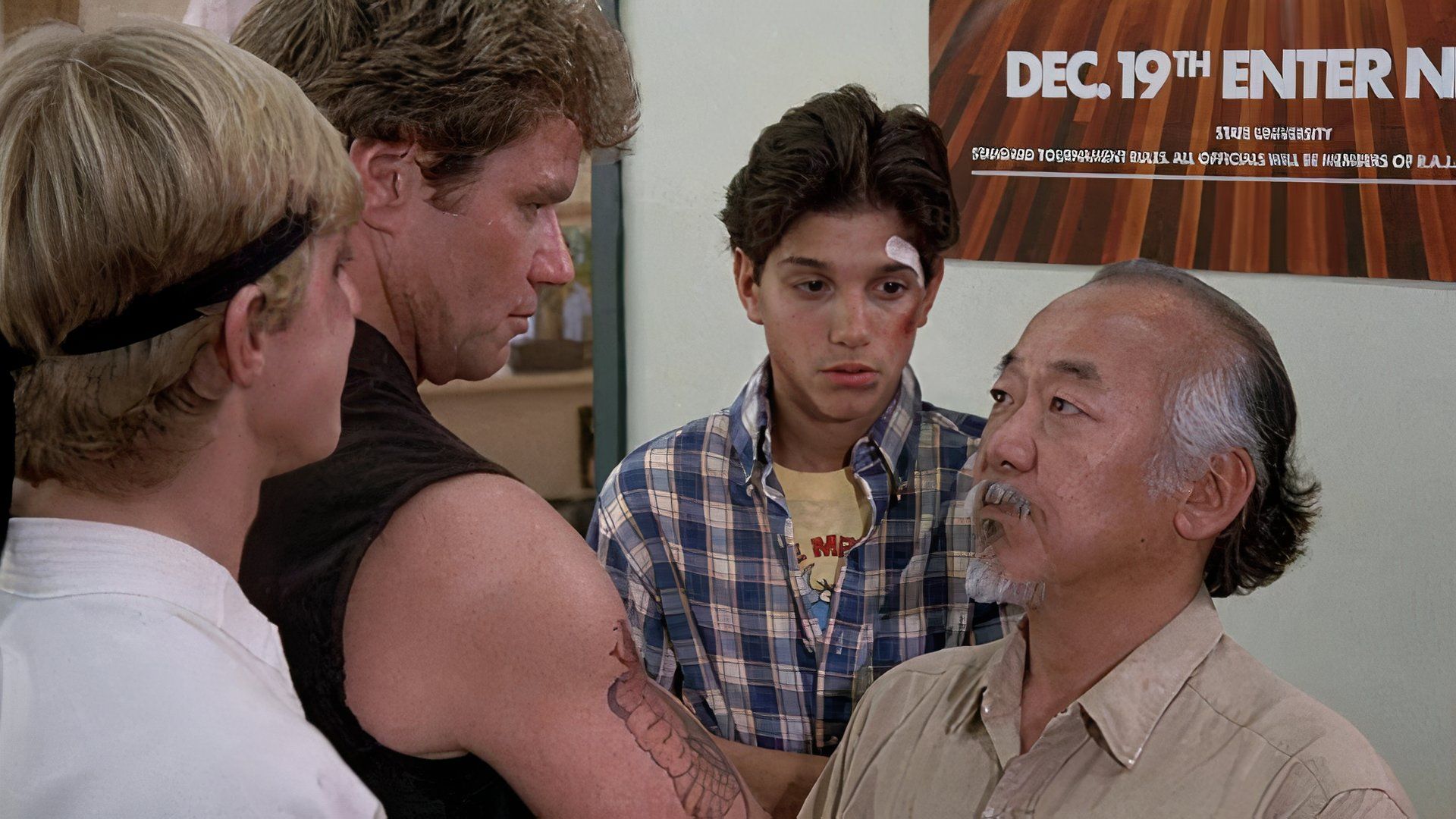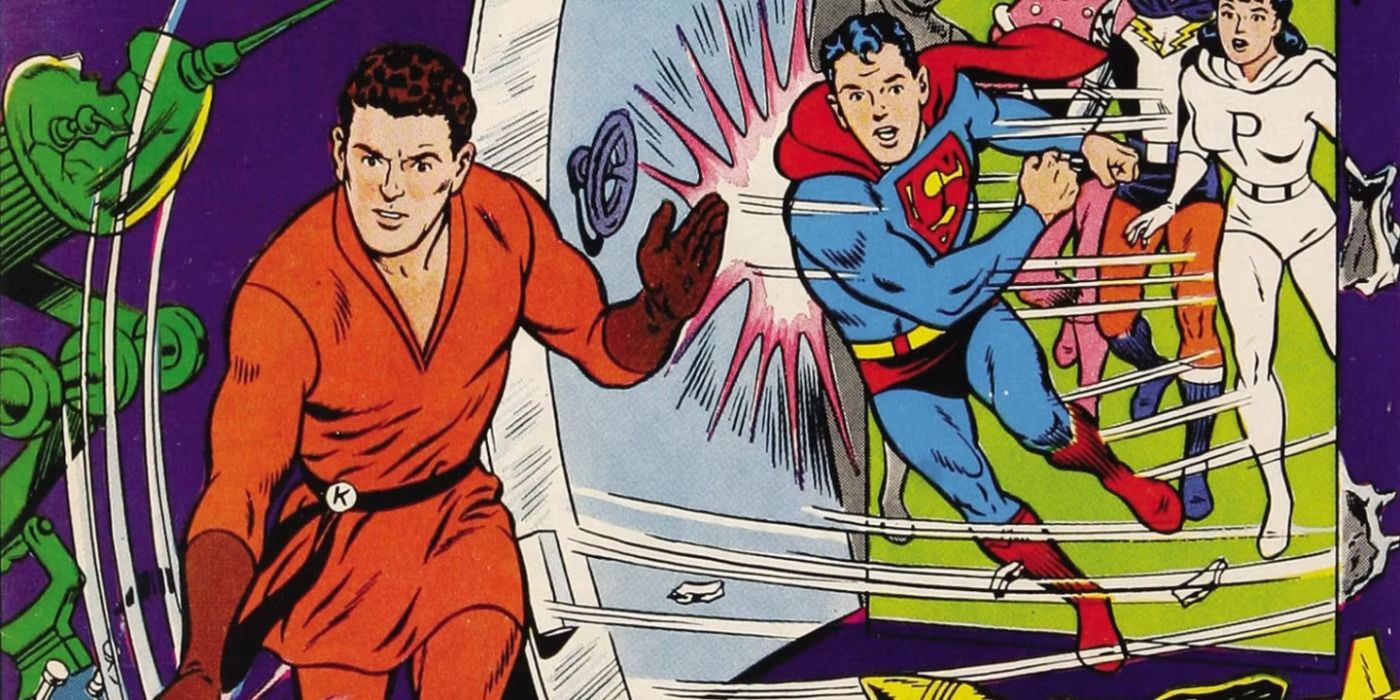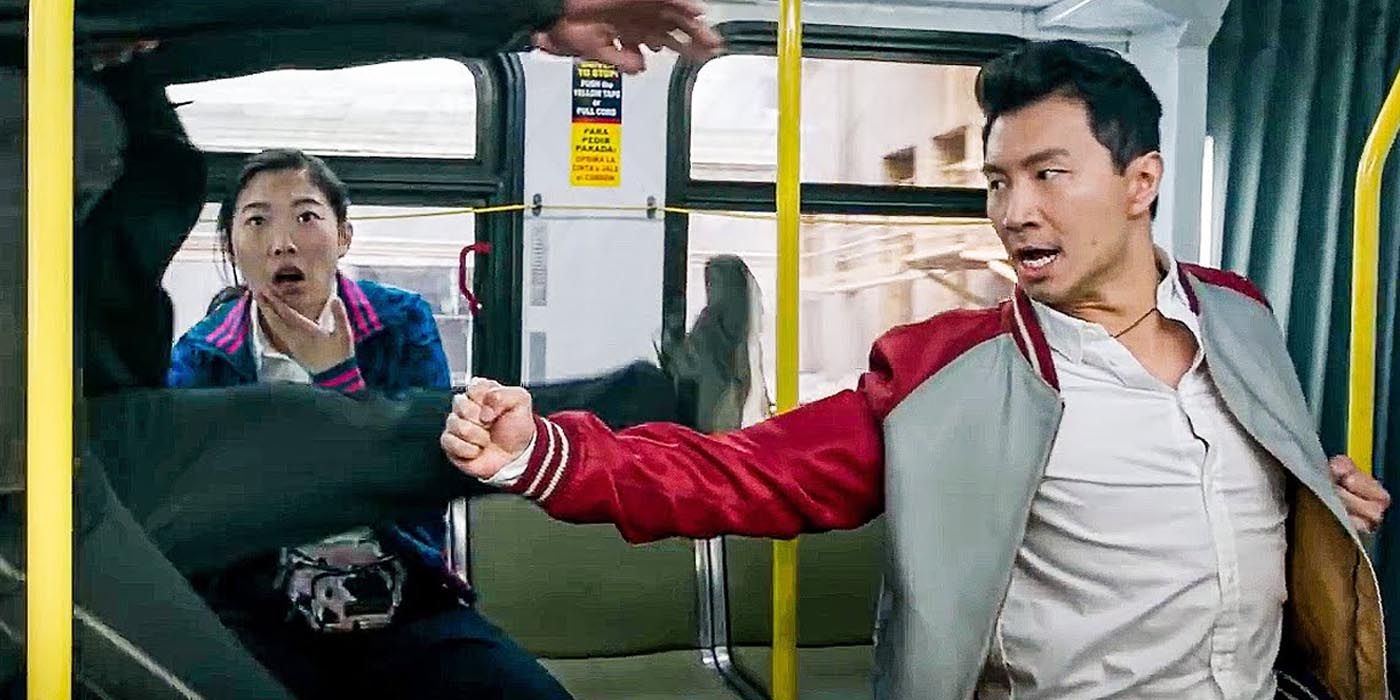
The Karate Kid series has had quite an impressive journey. The initial film, a powerful, multidimensional portrayal of bullying and self-development, remains remarkably relevant in contemporary society. After its triumphant debut, four more films were produced: The Karate Kid Part II (1986), The Karate Kid Part III (1989), and The Next Karate Kid (1994). Given the craze for martial arts movies during the 1980s and 1990s, releasing quick follow-ups was a shrewd move. A fourth movie marked the end of the franchise’s run for 16 years before it was revitalized again.
In the year 2010, a film featuring Jackie Chan and Jaden Smith was released, although it may have misled some viewers as its focus was on Kung Fu rather than karate, as the title might imply. The popular TV series Cobra Kai (a continuation of the quartet) premiered in 2018 and achieved great success. Now we have Karate Kid: Legends, with Jackie Chan and Ralph Macchio revisiting their initial characters. However, none of these productions would exist without the influence of DC Comics.
DC Comics Held the Rights to the “Karate Kid” Name

The concept for a Karate Kid film emerged when producer Jerry Weintraub acquired the rights to a popular news article. This story centered around a young boy living with his single mother who, through dedication and hard work, achieved black belt status to protect himself from local bullies. When screenwriter Robert Mark Kamen learned of this development, it piqued his interest because, like the protagonist, he too had learned martial arts at a young age as a means of self-defense against bullies.
As reported by Sports Illustrated, Kamen encountered troubles during the 1964 New York World’s Fair, with gangs causing mayhem on and off the streets. These bullies attacked and looted at will, mocking their helpless victims. After a similar assault, he decided to learn martial arts. Initially, his school teacher, although somewhat arrogant, provided him guidance that boosted his self-confidence. Later, he thrived under the guidance of a Japanese instructor who had been a student of the renowned Chōjun Miyagi and didn’t speak English. Over time, Kamen mastered Okinawan Gōjū-ryū karate.
Fortunately for Kamen, Jerry Weintraub consented to bring him aboard as a screenwriter. As a result, Kamen wove his personal narrative with aspects from a well-known news article, ultimately crafting the script for the initial installment of the franchise. The end product is a timeless treasure. With its gritty realism and consistently outstanding performances, The Karate Kid pulsates with anger, bitterness, optimism, and cruelty, producing an image of societal malice that resonates as authentic. And, as Kamen recounts, Stallone often jokes about their supposed theft from the Rocky movies, given similar plotlines and the presence of director John G Avildsen, who had previously worked on the Rocky Balboa boxing films.
In an unexpected turn of events, even with a flawless script, Avildsen, Kamen, Weintraub, and Columbia Pictures encountered a significant issue: DC Comics owned the rights to a character named Karate Kid, who was part of the Legion of Super-Heroes. To their surprise, DC Comics showed flexibility with their intellectual property (IP). When they asked for permission, DC Comics graciously allowed the creators of the martial arts movie to use the “Karate Kid” name in the upcoming film and all its sequels. Consequently, the film credits include a acknowledgement of gratitude towards DC Comics.
DC’s Karate Kid Is the Greatest Martial Artist of All Time (Don’t Tell Marvel Fans)

It’s quite astonishing that DC Comics seemingly relinquished the character rights without much fuss, given that their rendition of The Karate Kid is claimed to be the greatest martial artist ever created. Introduced by Jim Shooter in Adventure Comics #346 (July 1966), this superhero, known as Val Almorr or simply The Karate Kid, is a future warrior proficient in every martial art conceived prior to the 31st century. This includes Super Karate, making him capable of causing damage to metals and walls with a single strike. As you’d anticipate, his moves often consist of swift wind-cutting jump-kicks and powerful body punches that can target vital organs.
Over a long period, Almorr has seldom been featured in live-action or animated productions. He’s mainly found in the TV series “Legion of Super Heroes” and the animated film “JLA Adventures: Trapped in Time”. Given his compelling backstory in the comics, it’s a pity that he hasn’t received more attention in these adaptations.
On the pages,
Upon returning to Earth, the Karate Kid expressed interest in joining the Legion of Super-Heroes, who were rallying their team for a battle against the Khunds – an aggressive alien race. After demonstrating his skills by overpowering Superboy in single combat (despite having no superpowers), he was granted membership into this esteemed group. At times, even taking on the role of leader within the Legion.
DC’s Karate Kid Would Be Perfect for the Modern Hollywood Landscape

It’s quite surprising that one of the top fighters from comics hasn’t yet been featured in films, considering the current craze for superhero movies. However, now is an excellent opportunity to bring Val Almorr into the spotlight. With the success of action franchises like John Wick and Reacher, as well as the revival of The Karate Kid, there’s a clear demand for stories about martial artists and invincible heroes. It seems only logical that DC should capitalize on this trend by introducing Val Almorr to live-action. If there are concerns about the name, it can be addressed; after all, many comic characters have altered their names before, such as Shazam.
At present, DC is in capable hands with James Gunn leading the creation of future films. He has demonstrated an aptitude for transforming lesser-known comic characters into household names, as evidenced by Peacemaker and the Creature Commandos gaining significant popularity. Under his guidance, Val Almorr could also become a widely recognized character globally. Additionally, it’s high time DC moved away from repeatedly featuring the same popular superheroes like Batman and Superman. Introducing fresh faces would help break the monotony and offer something new and exciting.
Should Gunn harbor any doubts, he need only glance at Marvel’s lineup. Shang-Chi shares striking resemblances with Val Almorr, and his film was a resounding success at the box office, despite being launched amidst lingering audience concerns about COVID. Critics were left spellbound, with the movie ranking among the MCU’s highest-rated on Rotten Tomatoes. Shang-Chi and the Legend of the Ten Rings serves as a significant milestone in the depiction of Asian superheroes on the silver screen, paving the way for enhanced understanding and greater social acceptance. Essentially, if The Karate Kid were to enter the scene now, he’d find himself treading a smooth path where most obstacles have already been navigated.
Enjoying each fresh installment of the The Karate Kid series, let’s cross our fingers for a big-screen comeback of the original character. Since he doesn’t possess superpowers, his appeal extends beyond just those who are into superheroes. It’s now over to you, James Gunn!
Read More
- Mobile Legends: Bang Bang (MLBB) Sora Guide: Best Build, Emblem and Gameplay Tips
- Brawl Stars December 2025 Brawl Talk: Two New Brawlers, Buffie, Vault, New Skins, Game Modes, and more
- Clash Royale Best Boss Bandit Champion decks
- Best Hero Card Decks in Clash Royale
- Call of Duty Mobile: DMZ Recon Guide: Overview, How to Play, Progression, and more
- Clash Royale December 2025: Events, Challenges, Tournaments, and Rewards
- Best Arena 9 Decks in Clast Royale
- Clash Royale Best Arena 14 Decks
- Clash Royale Witch Evolution best decks guide
- Brawl Stars December 2025 Brawl Talk: Two New Brawlers, Buffie, Vault, New Skins, Game Modes, and more
2025-05-30 03:32